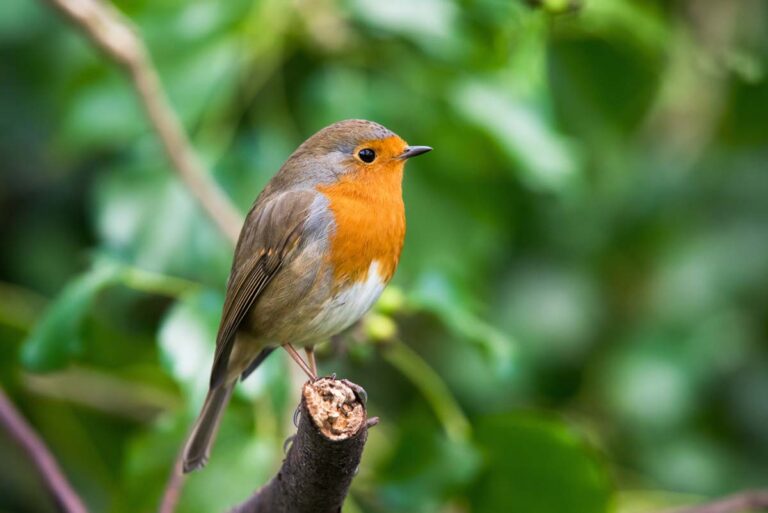In last month’s article, we discussed the goodness of “no-till” and why working less by ditching the tiller might be your best move yet! However, there is one more layer (pun intended) to this methodology which is inseparable from no-till; and that is mulching.
10 years ago, I adopted deep mulching methods in my permaculture landscape, and have been blown away at just how beneficial it has been. Here are just a few of the many benefits:
Water Retention
Beneficial for any region, but especially in a high-altitude, semi-arid region like ours, mulch keeps soil from drying out. Since I started deep mulching, my watering has been reduced by more than 50%. Because the plant roots enjoy the protection of cool, moist soil, there is less wilting in our hot, intense sun.
Soil Health
As discussed previously, good soil structure happens not by mixing, but by adding. In nature, leaves, twigs, various plant matter and manure fall to the ground, added slowly in layers. From the top down, microorganisms and earthworms break these materials down into beautiful soil.
When replicating this process by mulching, you protect the delicate balance of microbes, and the soil itself, from the harsh elements of the sun and moving air. The combination of gravity, trickling water, microbial action and of course, time, creates an incredible soil structure. The use of fertilizer becomes unnecessary as your soil is constantly being fed with nutrients and even micronutrients not found in conventional fertilizers.
Less Weeding
When soil is topped by a thick layer of mulch, it is harder for unwanted seeds to penetrate. Any existing weeds are also much easier to pull because the soil is not compacted. Mulching creates soft soil over time and helps keep it that way by absorbing compaction from footsteps.
Once I experienced the power of mulching, I knew there was no going back. Now, it is important to note that, although any mulch is better than no mulch, I am not referring to the pretty, color-dyed, single-material mulch purchased from the store. The best mulch, in my experience, is forest-type mulch with varying sizes and composition you might score from a tree service company. (I believe free mulch is also available to residents year-round at Prospect Park.) Applying this in layers to your soil, along with other materials you may have access to, such as leaves, lawn clippings, manure and straw, is extremely beneficial.
I recommend mulching as deep as desired, but at least 3-4 inches. Simply pull apart the mulch to expose the soil necessary for planting. As plants grow, the mulch can be pushed back closer to the stems to fully benefit.
Head to my Youtube channel (@TheIntegratedGarden) to find video content I have created, locally, on these topics:
Evan Doukas is a Wheat Ridge resident, pastor and certified permaculture designer. You can find more of his passion for gardening, farm-to-table culture, and holistic healing of people and the land on his YouTube channel, Evermore: Eden Restored.






